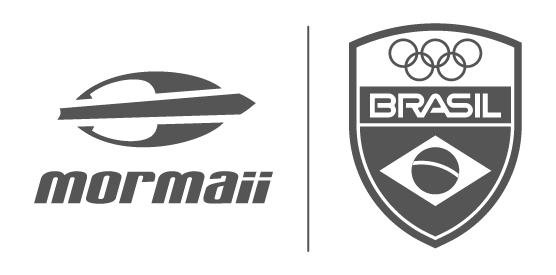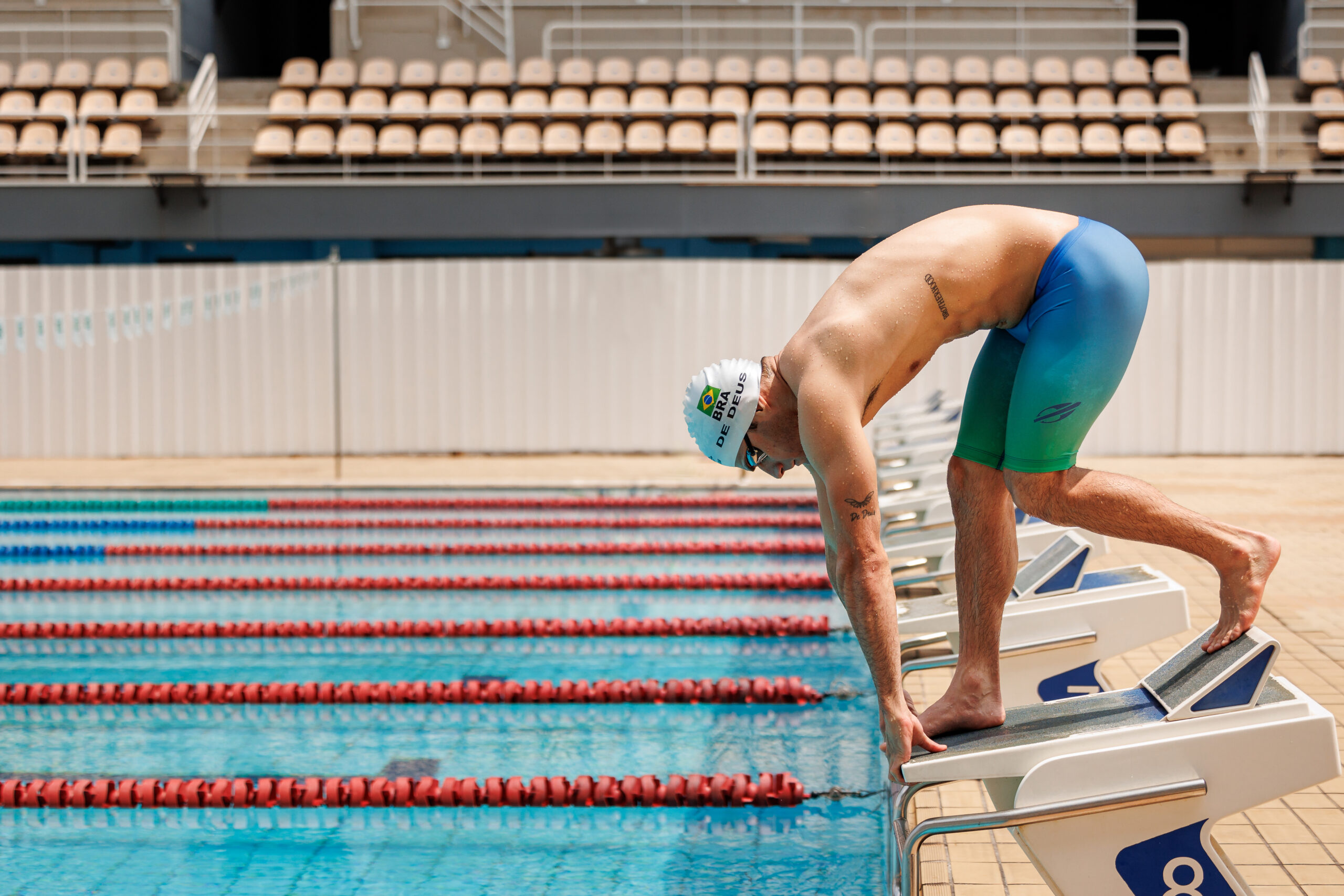Breathwork and the nervous system are more connected than most people realize. You train your body. You train your mind. But what about the bridge between them? The way you breathe might be the secret link.
In everyday movement — whether you’re in the ocean, on the trail or on the mat — your breath sets the tone. And recent research shows it does more than you think: it helps regulate your nervous system, control stress, and even support your performance.
The body-brain highway: the vagus nerve
Your nervous system has two main modes: the “go” (sympathetic) mode and the “rest/go slower” (parasympathetic) mode. The vagus nerve acts as a key pathway connecting them. When you practice deliberate breathing, you stimulate this nerve — sending signals to your brain that you’re safe, calm and ready.
Studies show that deep, slow breathing activates parasympathetic tone, helping the body shift out of stress mode.
Why breathwork matters for focus, mood and performance
A study from Stanford University found that structured breathing (especially exhale-focused sighs) improved mood and reduced respiratory rate compared with standard mindfulness.
Research shows that longer exhalations improve heart-rate variability (HRV) — a key marker of nervous system balance and resilience. The result: better emotional regulation, sharper focus, and a body that recovers faster.
In the context of movement and sports — whether you’re surfing a wave, grappling on the mat or pushing through a run — these benefits are real. Breathwork isn’t just calm; it’s performance support.
How to do it: simple breathwork you can use today
Here are three practical techniques you can start with:
Technique A – 4-2-6 pattern
Inhale 4 seconds • hold 2 seconds • exhale 6 seconds. This pattern helps activate the parasympathetic system and signals your body you’re safe.
Technique B – Physiological Sigh
Two quick inhales followed by one extended exhale. Used to reset after intense stress or training.
Technique C – Diaphragmatic (belly) breathing
Focus on expanding your belly when you inhale and contracting when you exhale. This stimulates the vagus nerve directly.
Try this: Take 5 minutes before your next session (surf, jiu-jitsu, run). Use one of the patterns. Feel how your body responds.
How breathwork fits in the Mormaii movement
At Mormaii, we know movement isn’t just what your body does — it’s how your body feels doing it. And breathwork is where that feeling begins. Whether you’re grabbing gear, heading out for a session or winding down after a workout, your breath is the first cue your body uses. By mastering it, you move with more presence, more control and more purpose
What to do next
- Practice one breathwork pattern every day for a week.
- Notice how your focus, mood or energy changes.
- Use it before a training session, after a rough day or just when you need to reconnect.
- Explore how it works for you. Every person moves differently — your breath does, too.
Breathwork is one of the simplest yet most powerful tools you have.
It doesn’t require hours. It doesn’t require equipment. Just a breath. And a willingness to start.
You don’t just train your body. You train your response. And that changes everything.
Read more: 5 Health Benefits of Water Sports (Backed by Science)



